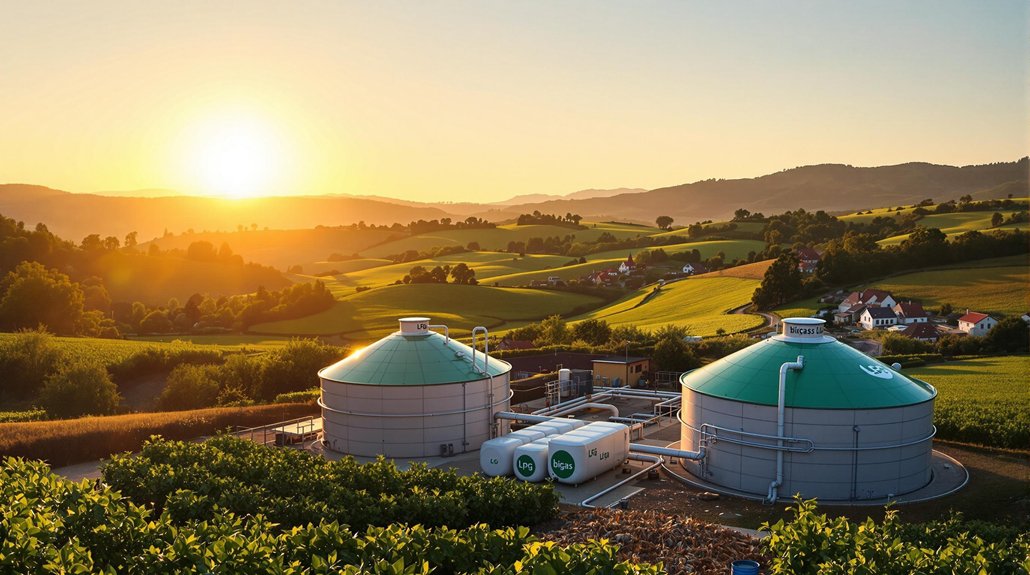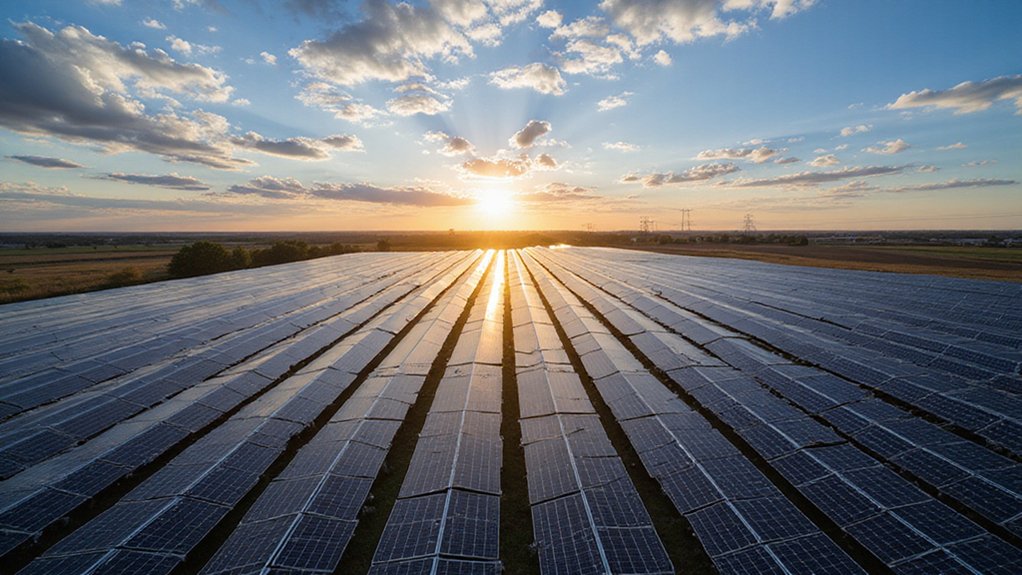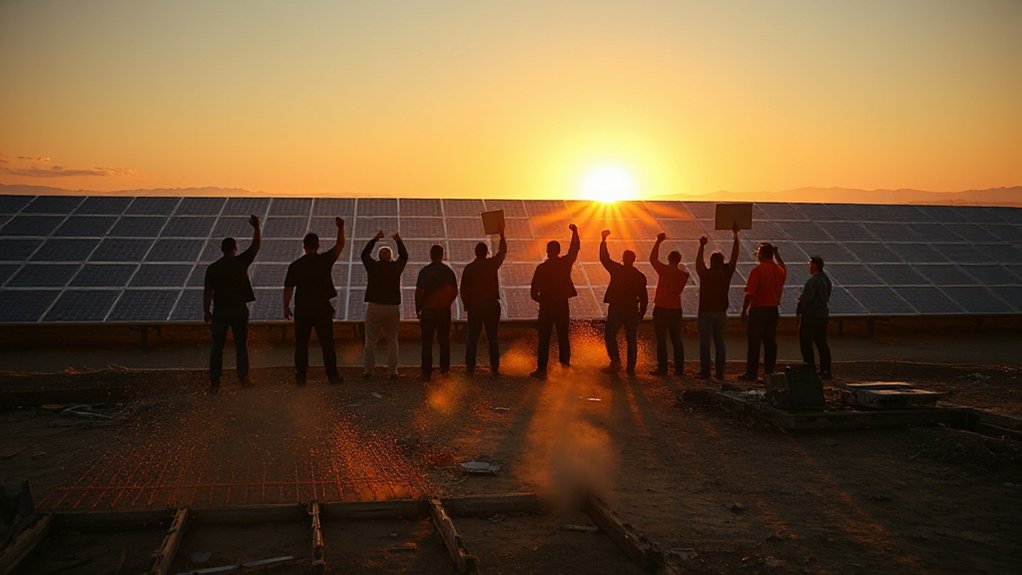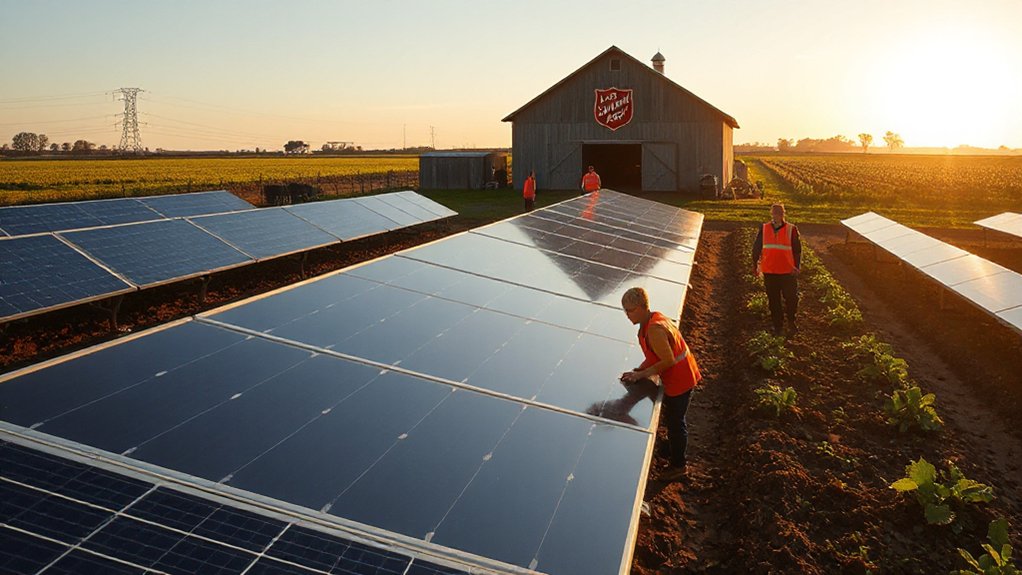Renewable liquid gas is transforming rural communities by cutting carbon emissions by 80% while creating new jobs. It works with existing systems and requires no costly upgrades, making it ideal for rural areas. Landowners earn steady income through project leases, and the renewable sector shows triple-digit growth. The technology enhances environmental quality and supports energy independence. These developments point to a sustainable future for countryside economies.
As Europe seeks cleaner energy solutions, renewable liquid gas is emerging as a powerful economic driver for rural communities. With potential to produce 350 TWh by 2050, this alternative energy source could replace fossil LPG entirely while cutting greenhouse gas emissions by 80%.
The shift to renewable liquid gas doesn’t require new infrastructure. It works with existing LPG systems, making it a cost-effective option for rural areas. This compatibility means homes and businesses won’t need expensive equipment upgrades to switch to cleaner energy. Similar to concerns identified in LNG export studies, increased renewable gas production could lead to efficiency improvements as consumers adapt to changing energy markets.
Job creation is a major benefit of renewable liquid gas development. The industry creates more jobs per dollar invested than conventional electricity generation. These jobs span multiple sectors, including fuel production, harvesting, and plant operations. Rural communities gain stable employment opportunities that weren’t available before. The renewable sector’s triple-digit growth is transforming rural workforces across multiple regions.
Landowners can earn steady income through lease payments for renewable gas projects. This extra money flows through local economies, creating a positive ripple effect. When rural residents have more income, they spend more at local businesses, strengthening the entire community.
Environmental improvements go beyond carbon reduction. Renewable liquid gas decreases air and water pollution from fossil fuels. This leads to better health outcomes for rural residents who’ve historically faced energy challenges. Rural areas can achieve energy independence by producing renewable gas from locally available organic materials.
The economic impact is substantial. Projections show renewable energy contributing to a 0.8% increase in global GDP by 2050. Human welfare could improve by 4% through broader renewable deployment. The savings in health costs and environmental damage help offset shift expenses.
Policy support is needed to realize these benefits. Clear, long-term regulations would build market confidence and attract investment. A technology-neutral approach would guarantee renewable liquid gas receives fair treatment alongside other clean energy options.









